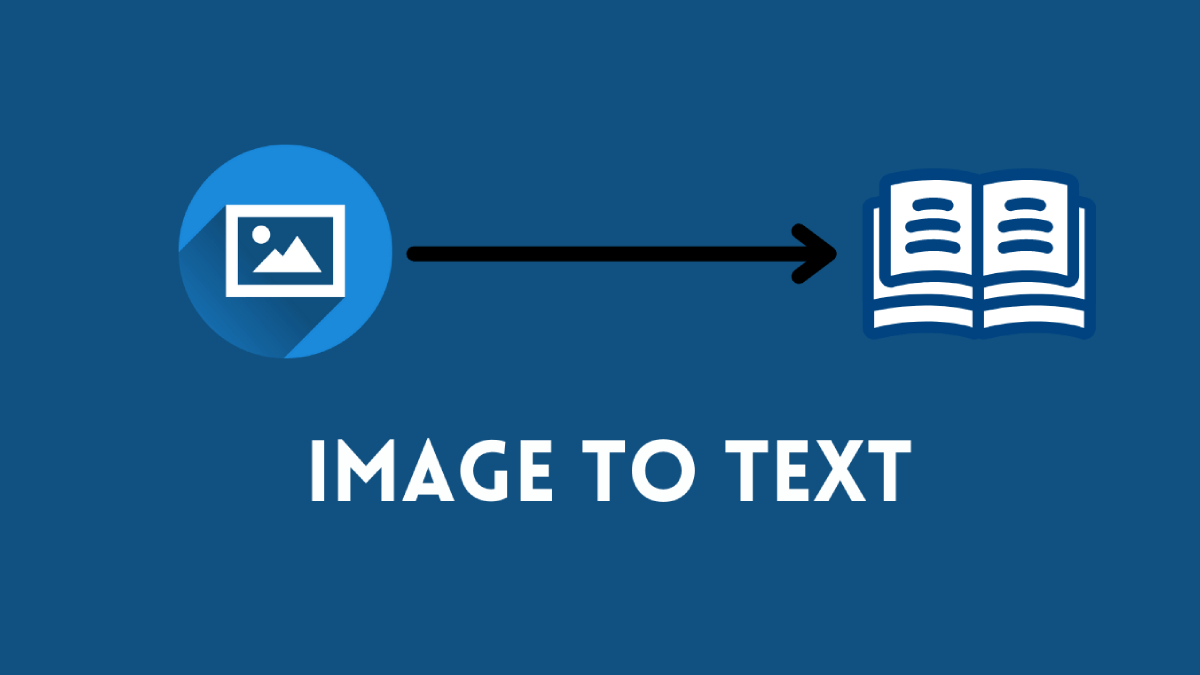In the digital age, time is of the essence, and the ability to extract text from images quickly and accurately can dramatically improve efficiency in any industry. Whether you’re a student looking to digitize your notes, a business professional managing large volumes of documents, or a healthcare worker needing quick access to patient information, extracting text from images is an invaluable tool. In this ultimate guide, we’ll explore everything you need to know about extracting text from images and how it can help you boost your productivity.
What is Text Extraction from Images?
Text extraction from images refers to the process of converting text embedded in an image or scanned document into a machine-readable, editable format. This is made possible through a technology known as Optical Character Recognition (OCR), which analyzes the shapes of letters, numbers, and symbols within an image and converts them into digital text. Text extracted from images can then be edited, searched, and stored in various digital formats such as Word, PDF, or plain text.
Why Extracting Text from Images is Important for Digital Efficiency
1. Streamlined Workflow
Manual data entry from images or physical documents can be time-consuming and prone to errors. By utilizing OCR technology to extract text from images, you can quickly digitize content, allowing for faster processing, easier retrieval, and more efficient data management. This streamlines workflows, saving valuable time and effort in the workplace.
2. Enhanced Accessibility
Not everyone has easy access to physical documents or printed text. Extracting text from images makes it easier to share and distribute documents, especially for individuals with disabilities or those who require digital formats for accessibility purposes. Whether it’s a visually impaired person using a screen reader or someone needing quick access to digital files, text extraction ensures information is accessible to all.
3. Improved Data Searchability
Once text is extracted from images, it becomes searchable. In traditional paper-based systems, finding specific information within a large stack of documents can take time. However, when text is extracted and stored in a digital format, you can search through thousands of pages in seconds using keywords. This greatly enhances the efficiency of document management, especially for businesses handling large volumes of text data.
4. Reduced Errors in Data Entry
Manual transcription from images or physical documents can result in typographical errors or overlooked information. OCR tools, however, can extract text with high precision, reducing the risk of human error. With advanced OCR technology, even handwritten text can be accurately transcribed, ensuring that your documents remain accurate and reliable.
How Text Extraction from Images Works
The process of extracting text from images typically involves the following steps:
1. Scanning or Uploading the Image
- First, you need to upload or scan the image containing the text. This can be any type of image, including photos of documents, screenshots, or scanned PDFs.
2. Optical Character Recognition (OCR)
- The OCR software analyzes the image and identifies patterns of light and dark areas, translating them into characters based on predefined algorithms. It can handle both printed and handwritten text, although the accuracy may vary depending on the quality of the image and the legibility of the text.
3. Text Extraction
- Once the OCR software processes the image, it extracts the recognized characters and converts them into digital text. The text can be output in various formats, such as editable Word documents, PDFs, or simple text files.
4. Post-Processing (Optional)
- Depending on the quality of the image, post-processing may be required to clean up any inaccuracies, correct formatting issues, or edit the extracted text for clarity.
Applications of Text Extraction from Images
Text extraction from images has a wide range of applications across different industries. Some common use cases include:
1. Education
Students and educators can use text extraction to digitize textbooks, research papers, lecture notes, and more. OCR can help transform printed materials into editable digital formats, enabling easier annotation, note-taking, and sharing of educational resources.
2. Business
For businesses, extracting text from images can improve document management. Whether it’s invoices, contracts, business cards, or reports, OCR technology allows businesses to quickly digitize and organize paperwork, making it easier to search, analyze, and share information.
3. Healthcare
In healthcare, text extraction is a powerful tool for digitizing handwritten patient records, prescriptions, and medical forms. This helps improve the accuracy and accessibility of medical data, allowing healthcare providers to easily retrieve patient information and maintain accurate records.
4. Legal Industry
Law firms and legal professionals can use text extraction to process legal documents such as contracts, court filings, and case law. Converting these paper documents into digital formats makes it easier to store, search, and retrieve legal information for ongoing cases.
5. Finance and Accounting
OCR can also be used to extract text from financial documents such as invoices, receipts, and balance sheets. This enables accounting professionals to digitize records and improve the efficiency of financial data entry, reducing the risk of human error and ensuring accurate financial reporting.
Tips for Maximizing Text Extraction Accuracy
To get the best results from text extraction, consider the following tips:
1. Use High-Quality Images
- Ensure that the images you upload are of high resolution. Low-quality or blurry images can result in poor text recognition and inaccuracies in the extracted text.
2. Optimize Image Orientation
- Make sure the text in the image is correctly oriented (not upside down or tilted). OCR tools are more effective at extracting text when the text is aligned properly within the image.
3. Use Clean and Clear Text
- Text that is handwritten or heavily stylized may be more difficult for OCR tools to recognize. Clear, standard fonts are easier for OCR software to process.
4. Choose the Right OCR Tool
- Select an OCR tool that is capable of handling the type of text you need to extract (printed, handwritten, or multi-language). Some tools offer more advanced features like formatting preservation or support for complex layouts.
Conclusion
Extracting text from images is a game-changer for digital efficiency. It allows you to quickly digitize paper-based content, making it editable, searchable, and shareable. Whether you’re working in education, business, healthcare, or any other industry, OCR technology can streamline your workflow, save time, and reduce errors. By understanding the basics of text extraction, applying best practices, and choosing the right OCR tool, you can harness the power of image-to-text conversion to boost your productivity and improve your digital efficiency.



